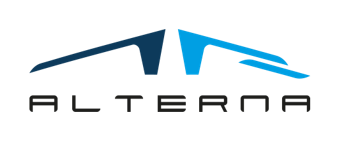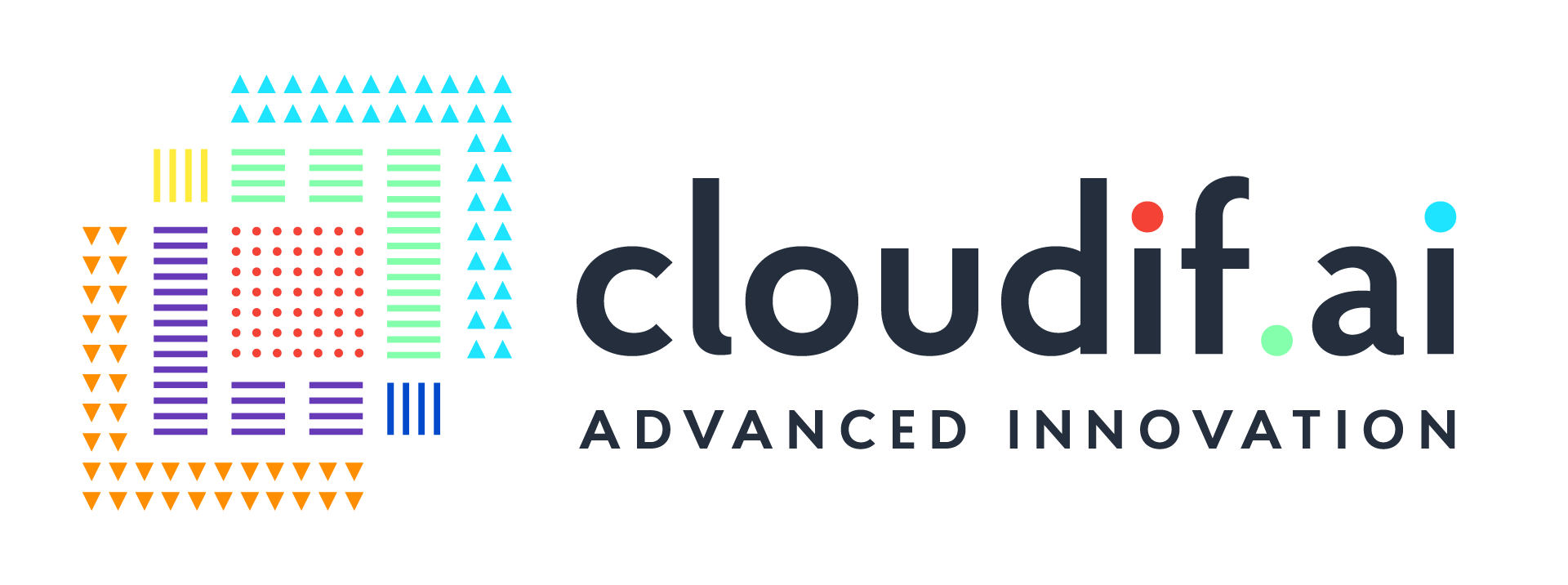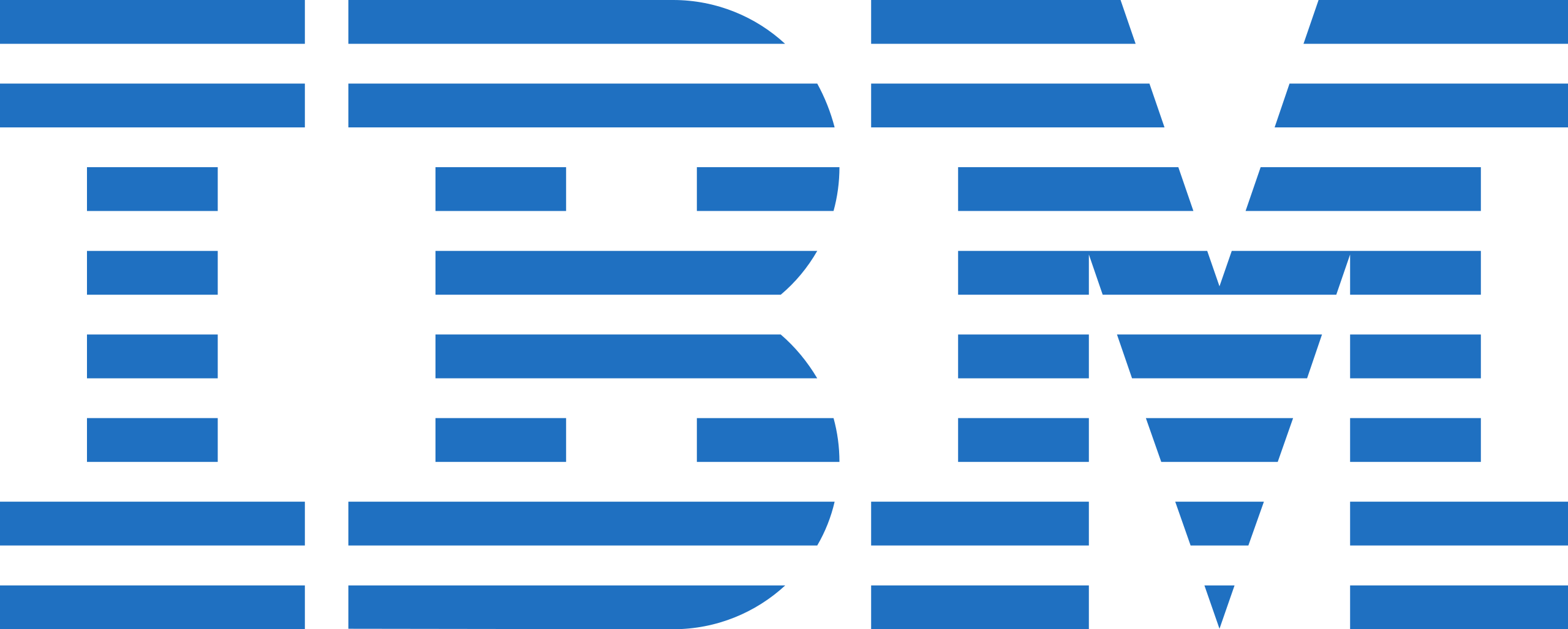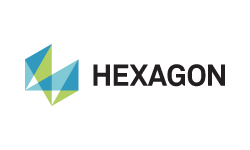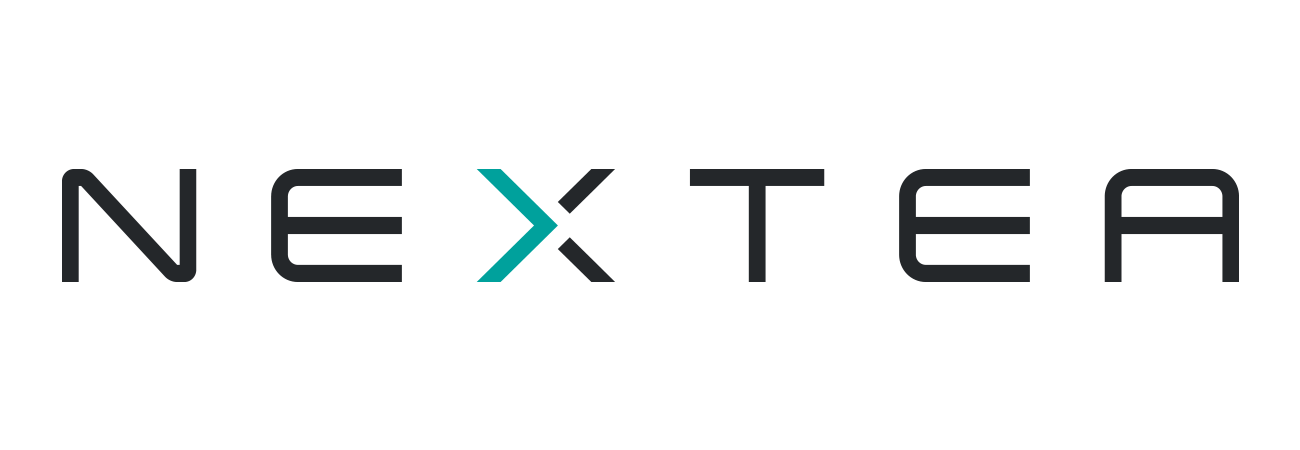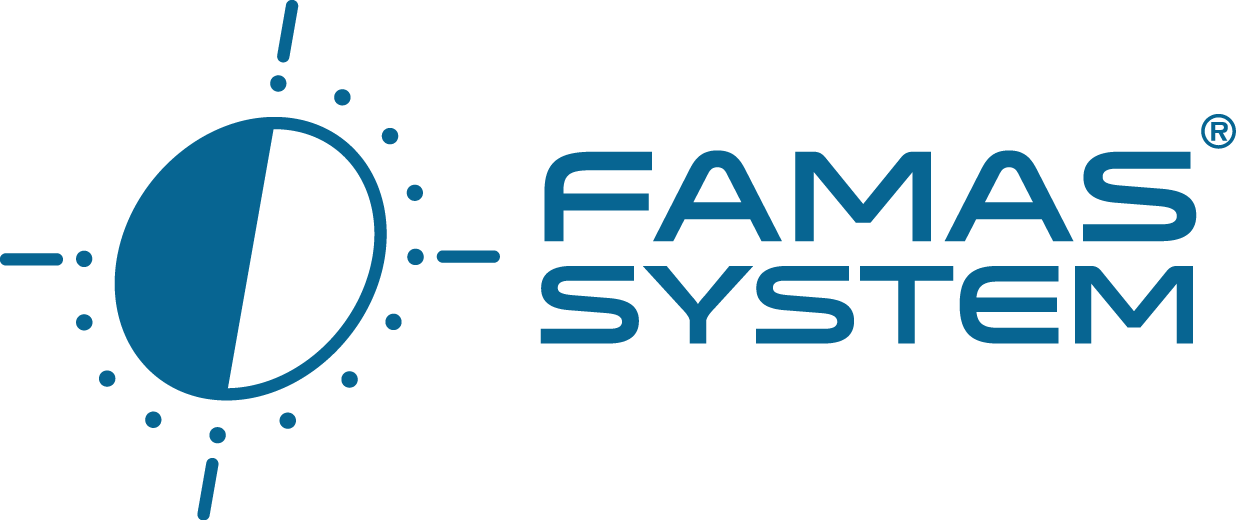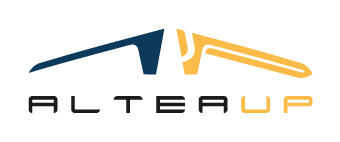Engineering & BIM
VALUE PROPOSITION
The digital innovation of E&C sector
Interoperability and standards for a functional and continuous sharing of all the relevant information of an asset for design, executive, management and maintenance purposes.
The great digital transformation process of E&C companies is essential to the integration of BIM methodological approaches.
This methodology – in many cases made mandatory by law – is an extremely useful tool in the management of the most different types of engineering assets – such as a building, an industrial infrastructure, a road works, a bridge or an energy production plant – and for an efficient digital sharing of information relating to all phases of the life cycle of a work, from preliminary design to decommisioning.
It has become increasingly important internationally since Member States have introduced BIM into their legislation, requiring it in a mandatory form in construction works and tender procedures with the European Union Directive on Public Procurement.
BIM is defined by the International Standard ISO 19650 as the use of a shared digital representation of an asset in order to facilitate the design, construction and operation processes to create a reliable decision-making basis. With this in mind, the approach to the BIM methodology involves the definition, construction and use of an asset model that acts as a “container” for all the information deriving from all phases of the asset’s life cycle. This model, digital and object-oriented, represents the physical and functional characteristics of the asset and is made to be shared and to facilitate collaboration between the various stakeholders involved.

The level of detail and updating of the model grows to reflect the infrastructure as it is being designed, built, and ultimately as it is being used.

BIM enables 3D visualization of the entire project, integrating and centralizing the information generated and collected throughout the entire infrastructure lifecycle regarding scheduling, costs, sustainability, security, etc., providing transparency and coordination among the various stakeholders (client, designer, installer, etc.).

BIM data can be ingested and properly synchronized into an Asset Management tool – whose digital domain is reportable to the subsequent post-construction phases of O&M – ensuring visibility, availability, and updating of data.



